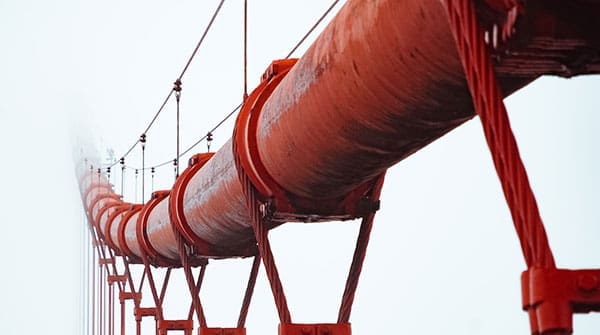By Mark Milke
and Lennie Kaplan
Canadian Energy Centre
When Teck Resources cancelled its proposed Frontier oil sands project last month, Canada lost more than the government revenues and blue-collar jobs the mine would have created. The loss of this project was also a blow to northern First Nations communities.
On average, people who live on First Nations reserves struggle compared to people living in other parts of the country.
On reserves across Canada, the median employment income for those working full-time jobs year-round was $35,676, as of the 2016 census. Off-reserve, employment income for Indigenous Canadians was $47,596. But that still lags compared with the $53,431 median income for Canadians as a whole.
These statistics are in sharp contrast with the Fort McKay First Nation, which has been involved in the oil sands industry since the 1980s. Those living on Fort McKay’s northern Alberta reserve had a median employment income of $61,248 as of the last census, 15 percent higher than Canadians as a whole and 42 percent higher than the median employment income for all First Nations reserves.
The overall lower employment incomes on reserves are the result of multiple factors, including the fact that a greater proportion of Indigenous Canadians live in rural Canada. At the same time, their average educational attainment is lower than the general population, in part because institutes of higher education are often located far from reserves.
In that sense, those who live on First Nations near the oil sands are typical. Fort McKay, for example, is 500 km north of Edmonton, far from most of the economic and educational opportunities that are available to urban residents.
But First Nations involved in the oil sands have higher incomes and rates of employment compared with many First Nations across Canada and, in select cases, even when compared with the general population.
Fort McKay’s median employment income is higher than nine of the 10 provinces, where median incomes range from $45,183 (Prince Edward Island) to $55,696 (Newfoundland and Labrador). Only Alberta, with a median employment income of $64,090, is higher than Fort McKay.
Likewise, across Canada, the average unemployment rate on reserves was 24.8 percent, according to the last census. Yet three of the four First Nations that we recently profiled in a research brief for the Canadian Energy Centre, had unemployment rates between 17.2 percent (Chipewyan First Nation) and 23.5 percent (Mikisew Cree First Nation). All three are heavily involved in the oil sands.
Those rates still look high but the census data is based on 2015 statistics, right when oil prices collapsed, thus reducing oil sands employment. Even then, these three First Nations recorded lower unemployment rates than the national average for all First Nations.
The critical importance of oil and gas extraction to First Nations prosperity also becomes clear when we compare rates of employment and incomes across industries. Self-identified Indigenous Canadians who work in the aerospace and motor vehicle manufacturing sectors have a median income of $64,631 and $78,019, respectively. Those who work in pipelines and oil and gas extraction have median incomes of $142,883 and $144,034, respectively.
Across all industries, Indigenous Canadians represent 3.9 percent of the workforce. The aerospace and motor vehicle sectors record Indigenous participation at 1.5 percent and 2.5 percent, respectively. The pipeline sector records 3.8 percent Indigenous participation. For oil and gas extraction, Indigenous participation clocks in at 5.2 percent of the workforce.
First Nations involved in the oil sands also tend to be less reliant on government funding. Three of the First Nations we profiled reported lower government transfers – the money citizens receive from all three levels of government, such as Canada Pension Plan, Employment Insurance, social assistance. And, it turns out, all three are less reliant on government transfers than citizens in five provinces.
The Fort McKay, Fort McMurray and Chipewyan Prairie First Nations recorded median government transfers of $4,224 to $6,096 per person. The five provinces more dependent on transfers range from Quebec ($7,301 per person) to Newfoundland and Labrador ($9,306), with Nova Scotia, New Brunswick and Prince Edward Island also falling within that range.
Those living on the Fort McKay First Nation ($4,224 per person) are less dependent on government transfers than those living in eight provinces. Only citizens in Ontario and Alberta, with median per-person government transfers of $4,172 and $4,079, respectively, are less dependent on government.
Resource development can positively affect rates of employment and levels of income, while reducing reliance on government transfers for Indigenous Canadians.
Any stall, disinvestment or policy that hurts oil and gas development will harm Indigenous Canadians as much as anyone else.
Mark Milke is executive director of research and Lennie Kaplan is chief research analyst at the Canadian Energy Centre, an Alberta government corporation funded in part by taxes paid by industry on carbon emissions. They are the authors of Canada’s oil sands and local First Nations: A snapshot.
Mark and Lennie are Troy Media contributors. Why aren’t you?
The views, opinions and positions expressed by columnists and contributors are the author’s alone. They do not inherently or expressly reflect the views, opinions and/or positions of our publication.




